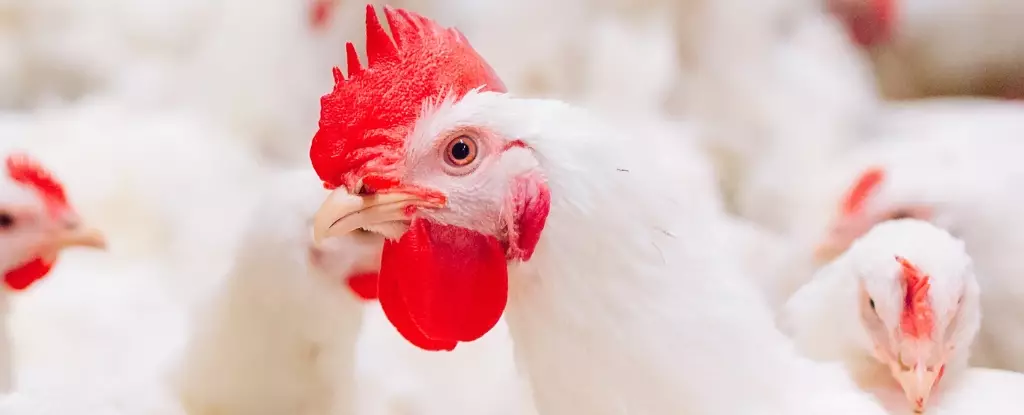Recent news has highlighted a significant health concern in British Columbia, where a teenager has become the first recorded case of H5 avian flu in Canada. The provincial health department confirmed on Saturday that the individual is currently being treated at a children’s hospital. This case marks a critical moment in public health monitoring, prompting a deeper investigation into the origins of this viral infection and the potential spread among human populations. The focus now shifts toward understanding the circumstances that led to this infection and assessing any associated risks.
Bird flu, or avian influenza, primarily infects wild birds and domesticated poultry. However, the virus has recently been observed crossing into other species, raising alarms in the health community. Authorities have noted that this infection in a human could stem from close contact with birds or contaminated environments. With an increase in bird flu cases being reported among mammals, officials like British Columbia Health Officer Bonnie Henry stress the rarity of such occurrences yet remain vigilant. The health department’s ongoing investigation aims to clarify the potential pathways of transmission and ensure that preventative measures are put in place.
The rising incidence of avian flu in mammals has incited fears of an impending mutation that could allow for more efficient human-to-human transmission. The concern is compounded by a recent incident in the United States, where an individual in Missouri tested positive for bird flu without any known exposure to infected animals. These developments highlight a worrying trend that goes beyond isolated instances, as the potential for outbreaks increases with each new case. Although sustained human-to-human transmission has not yet been documented, any evidence supporting the capacity for such mutations could elevate the threat posed by this virus.
In light of this incident, health officials in British Columbia are taking proactive measures to educate the public and monitor potential exposure risks. A robust public health response involves not only investigating the source of this outbreak but also disseminating vital information to equip citizens with the tools to protect themselves. Additionally, healthcare systems must be on high alert for any signs of flu-like symptoms in patients, ensuring that appropriate testing and containment measures are enacted promptly.
The emergence of this case of bird flu in British Columbia serves as a wake-up call to communities and health organizations alike. While the probability of widespread transmission remains low, proactive response strategies and heightened awareness are essential to managing potential future outbreaks. As health officials gather data and monitor circumstances, the general public must remain informed and cautious. The coming weeks will be crucial in determining the scope of this incident and developing appropriate safeguards against avian influenza.


Leave a Reply